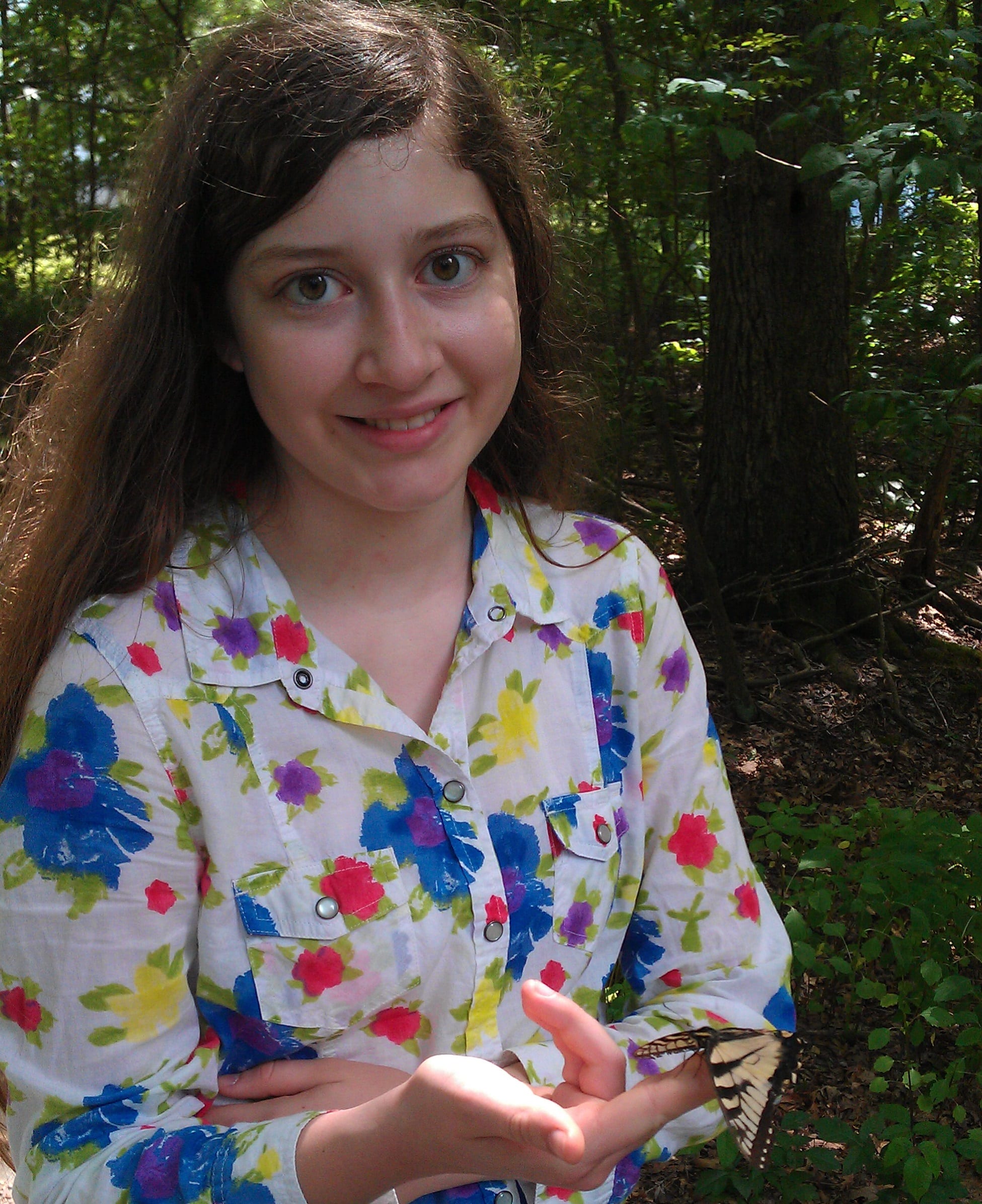To celebrate the holiday season, ASO is bringing you a science-filled 12 Days of ASO Christmas! This will be a series of ‘mini-blogs', by Rosemary Wills, centered on the science of some of our most cherished traditions. This is the tenth in the series.
It just isn't Christmas until you've spent four hours untangling your 250 strands of 25,000 imported Italian twinkle lights.
Christmas lights spend all year in a stationary box. How do they manage to arrange themselves into such spectacular snarls? Evil elves? Christmas dark magic?
Seeking to unravel the mystery of self-tangling headphones, charger cables, and bedhead, physicists from the University of California at San Deigo placed strings of various lengths and stiffness in a box, shook it around, and studied the number of knots that formed. Their simple experiment proved enlightening.

To create a knot, a string must simply form a loop (or coil) and have one end slip into it. If you take a string yourself and bounce it around in your hand, you'll see that loops form easily; having an end slip into one of these loops at some point is almost guaranteed. The problem is, it's much easier to accidentally form a knot than undo one; this allows knots to accumulate.
Researchers discovered that it takes “surprisingly little motion†for knots to form. That motion could come in the form of footsteps (for headphones in your pocket), the bumpy ride up and down the attic stairs (for your twinkle lights), or even a long winter's nap (for your hair).
As for actually untangling the snarls, prevention seems to be the best remedy- storing strings wrapped up in spools, for example, keeps the ends from finding their way around. Of course, you could also invest in one of those laser-projectors that shines the image of lights onto your home… but where's the fun in that?
About the Author
 Rosemary Wills is an undergraduate at UGA majoring in Plant Biology and Science Education. When she's not writing, coding, or spending time with family, she enjoys growing plants in her windowsill and crocheting science-related things. More from Rosemary Wills. Rosemary Wills is an undergraduate at UGA majoring in Plant Biology and Science Education. When she's not writing, coding, or spending time with family, she enjoys growing plants in her windowsill and crocheting science-related things. More from Rosemary Wills. |
About the Author
- athenssciencecafehttps://athensscienceobserver.com/author/athenssciencecafe/April 17, 2020
- athenssciencecafehttps://athensscienceobserver.com/author/athenssciencecafe/April 12, 2020
- athenssciencecafehttps://athensscienceobserver.com/author/athenssciencecafe/April 3, 2020
- athenssciencecafehttps://athensscienceobserver.com/author/athenssciencecafe/March 30, 2020







